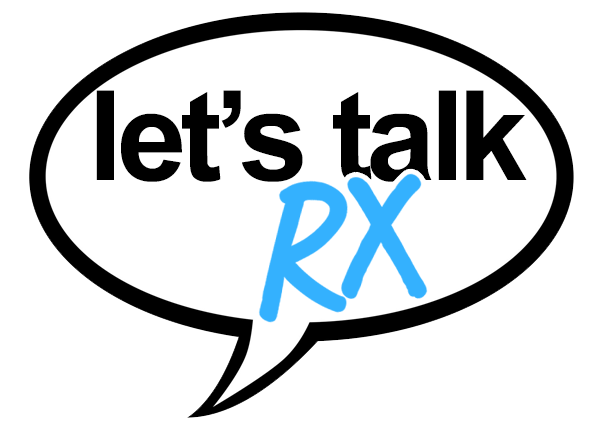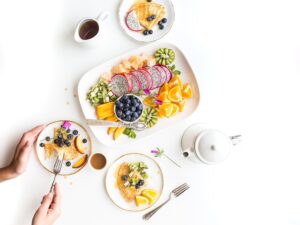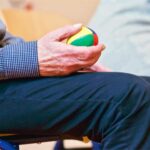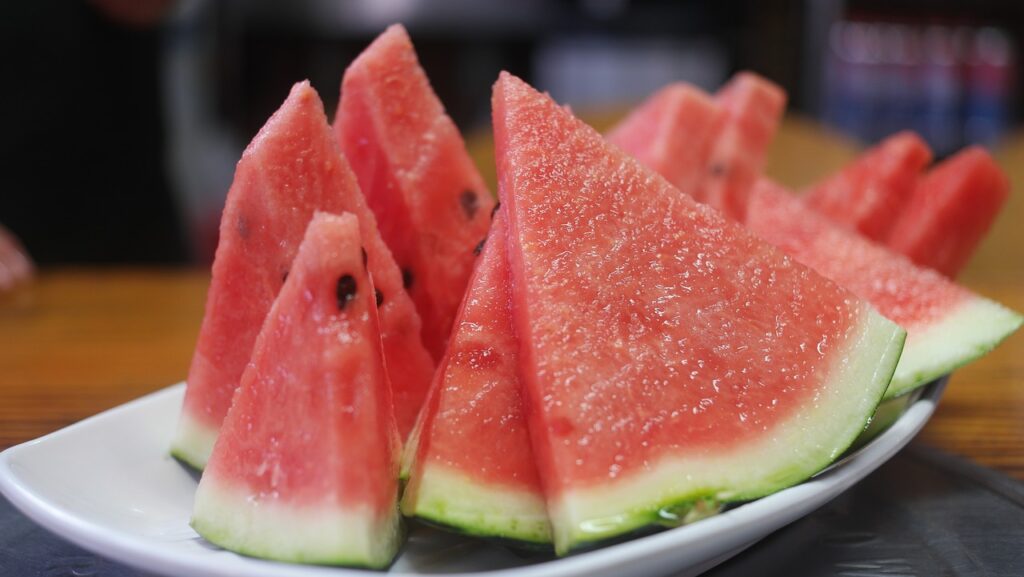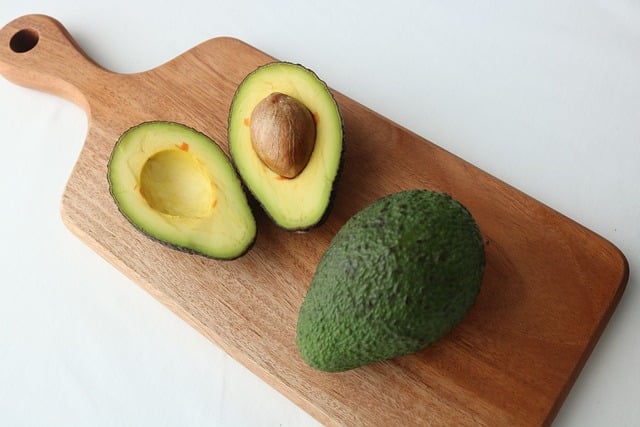After a stroke, your body—and especially your brain—needs all the love and support it can get. Nutrition plays a crucial role in recovery and in keeping future strokes at bay. Think of food as fuel for your healing journey, helping to rebuild and recharge after such a life-changing event. But where do you start? Let’s dive into how what you eat can make a world of difference.
Why Your Plate Matters Post-Stroke
Your brain is one demanding organ. After a stroke, it needs a steady supply of nutrients to repair damaged cells, build new connections, and get back to doing what it does best—keeping you going. At the same time, the rest of your body is working overtime to support recovery. This means your diet isn’t just about avoiding the bad stuff; it’s about embracing the good stuff that will set you up for success. A balanced diet can help reduce inflammation, improve circulation, and provide the energy you need to tackle rehabilitation with gusto.
Brain-Boosting Foods for Recovery
Let’s start with the all-stars: the foods that pack a serious punch when it comes to brain health and healing. Leafy greens like spinach and kale are your go-to superheroes. Rich in antioxidants, vitamins, and minerals, they’re like a multivitamin straight from Mother Nature. Blueberries, too, are brain food royalty. Packed with antioxidants, they’re not just delicious but also help protect your brain from further damage.
Healthy fats are another must. Think salmon, walnuts, and avocados. These foods are high in omega-3 fatty acids, which help repair brain cells and improve cognitive function. And don’t forget whole grains like oats, quinoa, and brown rice, which provide a steady stream of energy to keep you going strong throughout the day.
Hydration: The Unsung Hero of Recovery
Water might not be as exciting as a perfectly ripe mango or a creamy avocado, but it’s just as important. Staying hydrated helps your blood circulate properly, delivers nutrients to your brain, and flushes out toxins. Post-stroke, dehydration can sneak up on you, especially if you’re less active or dealing with swallowing difficulties. Sip water throughout the day, and if plain water feels too boring, infuse it with a splash of lemon or cucumber for a refreshing twist.
Foods to Limit or Avoid
Now, let’s talk about what to skip. It’s not about being perfect; it’s about making choices that work for your health in the long run. Sodium, for instance, can be a sneaky culprit. Too much salt increases blood pressure, a major risk factor for strokes. Start checking labels and seasoning food with herbs and spices instead of reaching for the salt shaker.
Saturated and trans fats are another no-go. These fats, found in processed snacks, fried foods, and fatty cuts of meat, can clog your arteries and make it harder for your heart to pump blood to your brain. Swap them out for healthier fats like those found in olive oil and nuts.
Sugar, too, is worth keeping an eye on. While an occasional treat is fine (because let’s face it, life without chocolate is no fun), too much sugar can lead to weight gain and increase your risk of diabetes—both of which are stroke risk factors. Choose natural sweetness from fruits instead of diving into a box of donuts.
Eating for Heart and Brain Health
A stroke is often a wake-up call for your entire cardiovascular system, not just your brain. What’s good for your heart is good for your recovery. Focus on a diet that’s rich in fruits, vegetables, lean proteins, and whole grains. The Mediterranean diet is a popular choice for stroke survivors because it’s delicious, sustainable, and packed with nutrients that support both heart and brain health.
Incorporating more plant-based meals is another great way to give your body a boost. You don’t have to go full vegetarian if that’s not your style, but adding beans, lentils, and tofu to your diet can reduce inflammation and keep your arteries clear. Plus, it’s a fun way to experiment with new recipes.
Small Changes, Big Impact
One of the best things about improving your diet post-stroke is that small changes can lead to big results. Start with one meal a day. Maybe swap out a sugary breakfast cereal for oatmeal topped with fresh fruit and a sprinkle of nuts. Gradually incorporate more vegetables into your lunches and dinners. And if cooking feels like a chore, consider batch cooking or using pre-cut veggies to save time and energy.
Portion control is another simple yet effective strategy. Instead of piling your plate high, aim for smaller portions of nutrient-dense foods. Your body will thank you, and you’ll likely feel more energized without that post-meal slump.
Overcoming Challenges with Eating After a Stroke
Eating after a stroke isn’t always straightforward. Some people experience difficulty swallowing, a condition known as dysphagia. If this sounds familiar, don’t worry—there are plenty of ways to work around it. Focus on soft, easy-to-swallow foods like soups, smoothies, and mashed veggies. Thickening agents can also help make liquids easier to handle.
Fatigue can also make meal prep feel overwhelming. On those days, lean on ready-to-eat options that are still healthy. Think pre-cooked rotisserie chicken, bagged salads, or frozen fruits and vegetables. And don’t be shy about asking for help. Friends, family, or caregivers can lend a hand in the kitchen or help with grocery shopping.
Building a Support System Around Food
Food is more than just fuel; it’s a social and emotional experience. Sharing meals with loved ones can make eating feel less like a chore and more like a celebration. If you’re part of a support group, consider hosting a potluck where everyone brings a healthy dish. Not only will you swap recipes, but you’ll also build connections with people who understand your journey.
And don’t forget about professional support. A registered dietitian can help you create a personalized meal plan that takes into account your unique needs, preferences, and any medical conditions you’re managing. They’re like a coach for your kitchen, guiding you toward success.
Celebrating Progress and Staying Motivated
Changing your diet isn’t always easy, but every step forward is a victory. Celebrate your progress, whether it’s swapping soda for water, trying a new vegetable, or simply sticking to your goals for a week. Recovery is a marathon, not a sprint, and every positive choice adds up over time.
Keep things interesting by experimenting with new flavors, cuisines, and recipes. Cooking can be a creative outlet and a way to reconnect with your body. And remember, it’s okay to indulge once in a while. The key is balance, not perfection.
A Healthier Future on Your Plate
Nutrition after a stroke is about more than just recovery; it’s about building a foundation for a healthier future. By making mindful food choices, you’re giving your body the tools it needs to heal and thrive. So go ahead, fill your plate with colorful, nourishing foods, stay hydrated, and savor every bite. You’re not just eating to recover; you’re eating to live your best life.
